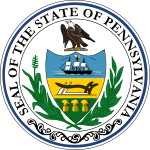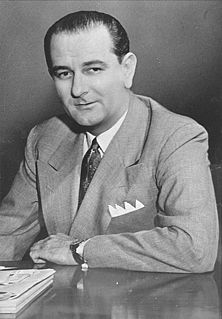
The 1958 United States Senate elections were elections for the United States Senate which occurred in the middle of President Dwight D. Eisenhower's second term. As is common in midterm elections, the party in the White House lost seats, but losses this year were more than usual, perhaps due to the high unemployment of the Recession of 1958. The Eisenhower Administration's position on right-to-work issues galvanized labor unions which supported Democrats. The launch of Sputnik may also have been a factor.

The 1946 United States Senate elections were held November 5, 1946, in the middle of Democratic President Harry S. Truman's first term.

The United States Senate elections of 1934 occurred in the middle of Democratic President Franklin D. Roosevelt's first term. In the middle of the Great Depression, voters strongly backed Roosevelt's New Deal and his allies in the Senate. The Democrats picked up a net of nine seats, giving them a supermajority. President Harry S. Truman was first elected to the U.S. Senate in the 1934 election. Truman would serve over a decade in the U.S. Senate, before becoming President Roosevelt's third Vice President, before succeeding to the presidency upon the death of President Roosevelt.
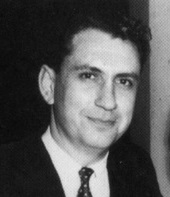
The 1980 United States Senate election in Pennsylvania was held on November 4, 1980. Incumbent Republican U.S. Senator Richard Schweiker decided to retire, instead of seeking a third term. Republican nominee Arlen Specter won the open seat, defeating Democratic nominee Peter F. Flaherty.

The 1952 Massachusetts gubernatorial election was held on November 4, 1952. Republican Christian Herter defeated Democratic incumbent Paul A. Dever, Socialist Labor candidate Lawrence Gilfedder, Peace Progressive candidate Florence H. Luscomb, and Prohibition candidate Guy S. Williams.
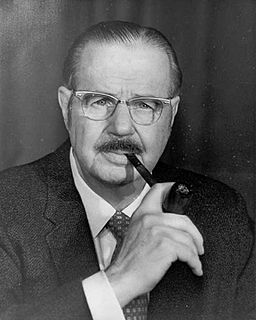
The 1958 United States Senate election in Pennsylvania was held on November 4, 1958. Incumbent Republican U.S. Senator Edward Martin did not seek re-election. The Republican nominee, Hugh Scott, defeated Democratic nominee George M. Leader for the vacant seat.
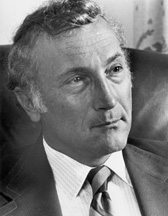
The 1968 United States Senate election in Pennsylvania was held on November 5, 1968. Incumbent Democratic U.S. Senator Joseph S. Clark, Jr. sought re-election to another term, but was defeated by Republican nominee Richard Schweiker.

The 1962 United States Senate election in Pennsylvania was held on November 6, 1962. Incumbent Democratic U.S. Senator Joseph S. Clark, Jr. successfully sought re-election to another term, defeating Republican nominee James E. Van Zandt. A Democratic U.S. Senator would not be re-elected in Pennsylvania again until 2012. As of 2019, this is the last time the Democrats have won the Class 3 Senate Seat from Pennsylvania.

The 1956 United States Senate election in Pennsylvania was held on November 6, 1956. Incumbent Republican U.S. Senator James H. Duff sought re-election to another term, but was defeated by the Democratic nominee, Joseph S. Clark, Jr.
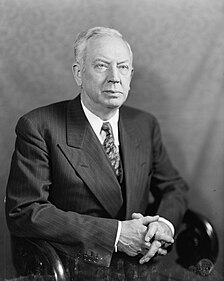
The 1952 United States Senate election in Pennsylvania was held on November 4, 1952. Incumbent Republican U.S. Senator Edward Martin successfully sought re-election to another term, defeating the Democratic nominee, Guy K. Bard.

The 1940 United States Senate election in Pennsylvania was held on November 5, 1940. Incumbent Democratic U.S. Senator Joseph F. Guffey successfully sought re-election to another term, defeating the Republican nominee, Jay Cooke.

The 1934 United States Senate election in Pennsylvania was held on November 6, 1934. Incumbent Republican U.S. Senator David A. Reed sought re-election to another term, but was defeated by Democratic nominee Joseph F. Guffey.

The 1934 United States Senate elections in Arizona took place on November 3, 1934. Incumbent Democratic U.S. Senator Henry F. Ashurst ran for reelection to a fifth term, defeating Republican nominee Joseph Edward Thompson in the general election by a wide margin.
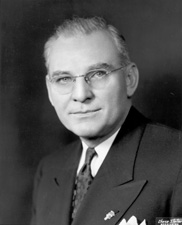
The 1946 United States Senate election in Minnesota took place on November 5, 1946. It was the first election to either of Minnesota's seats in the United States Senate held since the Minnesota Democratic Party and the Farmer-Labor Party of Minnesota merged in 1944, to form the Minnesota Democratic-Farmer-Labor Party. Incumbent U.S. Senator Henrik Shipstead was defeated in the Republican primary by Governor Edward John Thye, who went on to defeat DFL challenger Theodore Jorgenson in the general election.

A Massachusetts general election was held on November 6, 1956 in the Commonwealth of Massachusetts.

A Massachusetts general election was held on November 2, 1954 in the Commonwealth of Massachusetts.

A Massachusetts general election was held on November 4, 1952 in the Commonwealth of Massachusetts.

A Massachusetts general election was held on November 7, 1950 in the Commonwealth of Massachusetts.

A Massachusetts general election was held on November 5, 1946 in the Commonwealth of Massachusetts.




